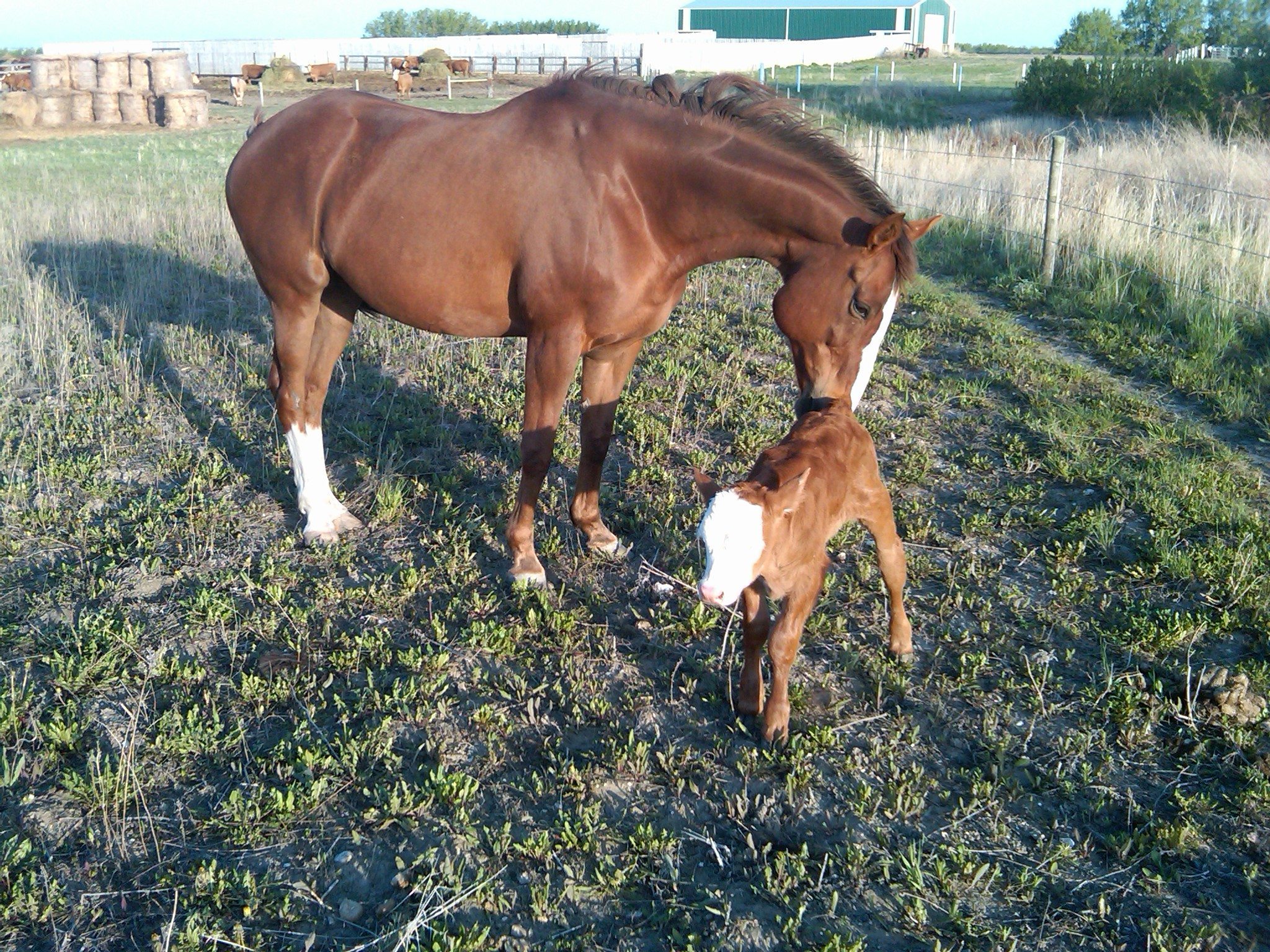It’s hard not to be inspired by the “wow, that’s amazing” story of John Rowe and his invention: pure, non-sticky honey in solid form.
It’s particularly inspiring when you hear the story behind the story.
The first story goes like this: Rowe is backpacking in British Columbia when he discovers that a jar of honey has broken and coated everything in sticky goo.
The newly graduated engineer goes looking for a solid form of dehydrated honey that’s not sticky, finds there’s no such thing, invents the product and wins a gold medal for the world’s best new food product at Europe’s most prestigious food show.
Read Also

Canadian farmers need new tools to support on-farm innovation
Farmers need a risk management buffer that actually works and investment that drives advancements forward if Canada is to build resilience.
Oh, and then he goes on the hit CBC showDragons’ Denand is offered the equivalent of $1 million for 35 percent of his company.
And the story behind the story? It’s exactly the same, only with numbers attached.
It was 1996 when the Prince Edward Island entrepreneur had his eureka moment, but the first test batch of Honibe product didn’t arrive until 2005, and the launch of Honey Drop took until 2008. Along the way, Rowe and wife Susan spent $1.1 million of their own money.
“It takes persistence. You have to be passionate and you have to ignore the naysayers,” says Rowe before adding with a laugh, “and you have to be hard-headed.
“Equally important is that it’s going to take you a lot longer than you ever imagined, and if you budget a dollar, it’s probably going to cost you two.”
Does that take the shine off the feel-good story? It shouldn’t, especially if you’re a farmer with an entrepreneurial bent. Rowe thinks that alone gives you a big leg up.
“Half of my family are farmers and fishermen. We’ve been farming on Prince Edward Island for six generations,” says Rowe.
“Growing up the in the country and surrounded by people who work for themselves inspired me to do the same.”
Rowe’s father was a small-town teacher who fanned his son’s entrepreneurial flame by helping him start a small business each summer. His first was picking strawberries and selling them at a roadside stand at age 11.
“The second summer, he said, ‘why don’t you hire your friends to work in the field and you can hang out in the fruit stand?’ So I had employees when I was 12 years old.”
Rowe laid out seven figures to start Honibe only because he could afford to. His engineering background is in software, not food, and he has successfully started several such enterprises.
But he says he would have gone ahead even if he hadn’t been able to self-finance.
“There are all sorts of ways to do it,” says the 37-year-old. “There are experienced entrepreneurs out there who can help you get your idea to market. You could partner with or perhaps license your idea to someone.”
The main thing, he says, is to find out whether your great idea truly is great. It’s not enough to convince yourself, or your friends, that you have the most wonderful new service or product since, well, dehydrated honey.
“Proof of concept is the critical thing,” says Rowe.
“It’s not easy, but you don’t have to break the bank. Invest a couple of thousand to see if your good idea has legs before spending $50,000 on a prototype of some sort.”
Start on the internet by researching what proof of concept and market assessment means and how to write a preliminary business plan. And then, says Rowe, find someone with business experience to review that plan.
“Surround yourself with mentors and advisers,” he says.
“They will help you avoid costly mistakes. You’d be surprised, but there are a lot of successful businesspeople who will volunteer their time to help entrepreneurs who are trying to get their idea off the ground. The key is, don’t be shy. It never hurts to ask someone for their help.”
What about all those years Rowe spent between shouting eureka and having something to sell? That was deliberate.
He let his great idea simmer on a backburner for many years, researching the technical challenges and thinking of ways to overcome them.
Once he was convinced he had something, it took a year to successfully create a prototype and three more to create a comprehensive business plan, which included everything from marketing to figuring out how to custom build the equipment needed to produce his unique product.
Did that wear him down? Not at all.
“I jump out of bed in the morning smiling,” he says.
“Good ideas are a dime a dozen.
Great ones are a quarter a dozen. People always ask me about that and I say, ‘if you’ve done your research, then go ahead, dive right in.”’
COOL FACTS ABOUT HONEY
•Honey keeps almost indefinitely. Edible honey has been unearthed from Egyptian ruins.
•Canada has many varieties of honey. The most common is clover but other varieties are produced from the nectar of canola, alfalfa, blueberries, sunflowers, fruit trees, borage and wildflowers.
•The average yield of honey in Canada is 60 kilograms of honey per colony each year, which is twice the world average. Some beekeepers in Alberta and Saskatchewan harvest more than 130 kg of honey per colony.
•Creamed honey is prepared by blending liquid honey with finely granulated honey and storing it under controlled conditions until granulation is complete.
•Honey is 25 percent sweeter than sugar because of its high fructose content.
•Honey is a humectant. Because it retains moisture, it can add shelf life to baked goods and is an ideal ingredient for skin and hair beauty products.
Source: honeycouncil.c a
Archived columns from this series can be found at www.fcc-fac.ca/learning.
Farm Credit Canada enables business management skill development through resources such as this column, and information and learning events available across Canada.














